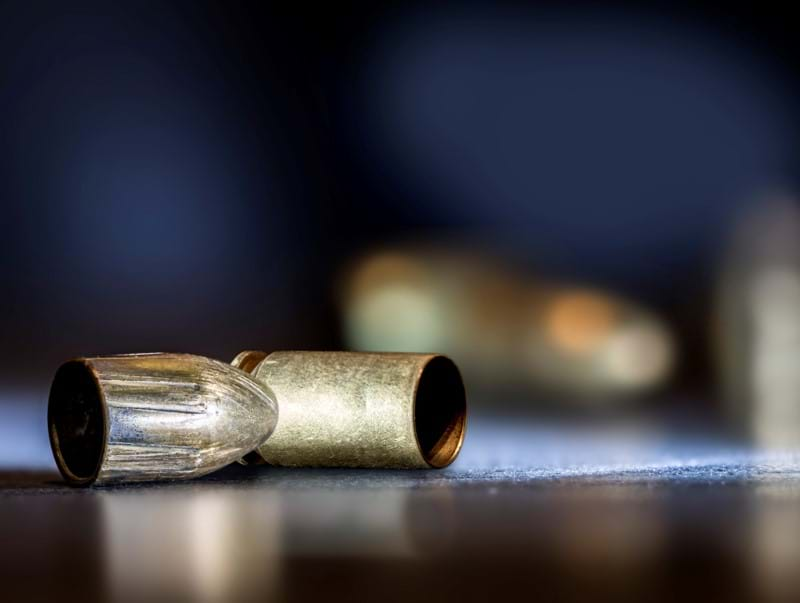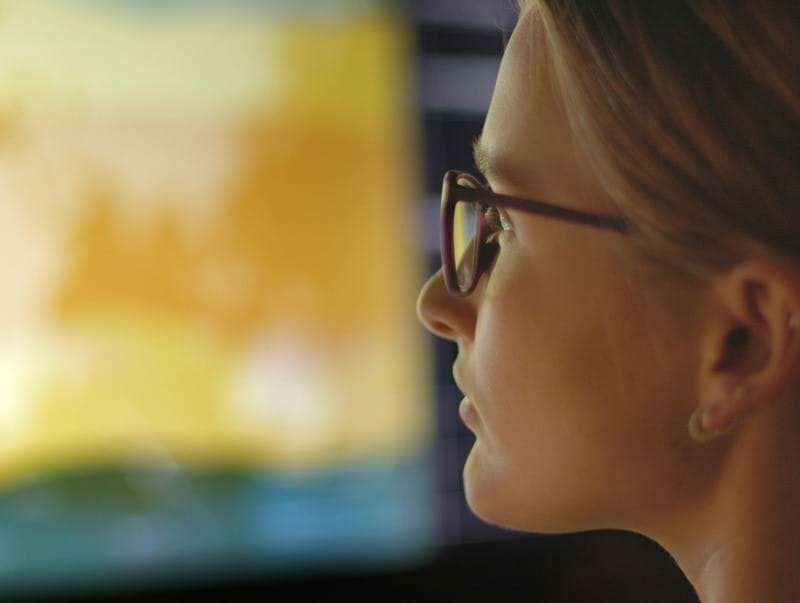With respect to striations observed on bullets, Calvin Goddard wrote,
“They [striations] exist by reason of the fact that no two material objects either of God’s or Man’s fabrication are identically the same.”1
For Goddard, the individuality of barrels was axiomatic, and given the relatively crude machining methods available at the time, this belief with respect to individuality was self-evident. Also, through testing, he was able to demonstrate to his satisfaction that he could accurately identify the barrel from which a bullet was fired. Based on his research and that of others, he, along with his peers, considered the question of individuality and identifiability as having been asked and answered, so they quickly moved from research to application and training.
However, that is not to say that research stopped altogether. There were many firearm examiners who tested the primary premise, that different tools make different toolmarks, in various ways. Bullets fired from consecutively rifled barrels were tested the most often. They believed that if any two barrels could show sufficient similarity to falsify the premise, it would be two consecutively manufactured barrels. While this testing was helpful, and indeed it was the only way to test the premise, the human factor posed some concerns, including the fact that one was the number of comparisons that could be performed. Imagine 10 consecutively rifled barrels with six lands and grooves and two test fires from each barrel. There would be 10 known matching combinations and 1,130 potential known non-matching combinations to be compared. That’s a lot of comparisons!
Another concern was that the research and results were based on the researcher’s subjective interpretation of the observed similarities and differences. Therefore, when it was reported that there were indeed sufficient differences to distinguish the bullets fired from different barrels, the conclusions were based solely on the examiner’s training and experience—a subjective identification criterion. While generally helpful to the discipline in helping to support the primary premise that different tools make different toolmarks, without a more-objective identification criterion, the research did not have much value beyond that.
Since the turn of the century, there have been more than 30 machine-based studies, some of which have more than one hundred thousand comparisons and correlations of toolmarks in known matching and known non-matching conditions. If we were to summarize this data (which includes consecutively manufactured barrels), it would be evident that these studies have clearly demonstrated that toolmarks produced by different tools have little to no similarity, and that toolmarks produced by the same tool will have a range of similarity that is statistically higher than the similarity revealed in non-matching conditions. These machine-based studies have clearly and objectively demonstrated that the primary premise, that different tools make different toolmarks, is true.
Now, with the Quantum 3D Microscope™, objective assessment of individuality of the firearm can be performed contemporaneously with casework! Consider a case in which there is a firearm and three fired bullets. If the firearm barrel has six lands and grooves and five test-fired bullets are acquired and correlated, 10 known match comparisons and 50 known non-match comparisons would be performed. Provided that the bullets are marked well on at least one land-engraved area, there will be clear separation between known matching conditions and known non-matching conditions on the RBL Graph. This clear separation provides demonstrable, objective support for the primary premise of firearm and toolmark identification. Then, when compared with the evidence bullets, the objective data associated with those comparisons and correlations will be far more compelling to the court than what can currently be provided.
Now imagine having five additional similar cases per week—a low estimate for many forensic laboratories. That would lead to 13,000 known non-matching data points generated by a single laboratory in one year without doing anything more than casework! Through data sharing among laboratories using the Quantum 3D Microscope, firearm and toolmark examiners are in a position where they are consistently and constantly reinforcing the truth of what Goddard first surmised close to one hundred years ago—that different tools have individuality and so will create different toolmarks!
1. Goddard, C. 1926. Bullets as evidence in shooting cases: important considerations relative to their removal and preservation. New York State Journal of Medicine 26(16):701-704.






